If you’ve been following the EV market in Australia, you might have noticed a slow start to 2025, but things are heating up fast. March saw a massive turnaround, with electric vehicles (EVs) capturing 7.5% of the total market. Over 8,300 battery electric vehicles (BEVs) found new homes last month. But here’s the twist: despite the recent surge, overall EV sales are down compared to 2024. So, what’s driving this trend? And more importantly, what does the future hold for Australia’s electrified roads? Let’s break it down.
▶️MORE: BYD Reaches 1 Million EVs And Hybrids in Q1 Sales
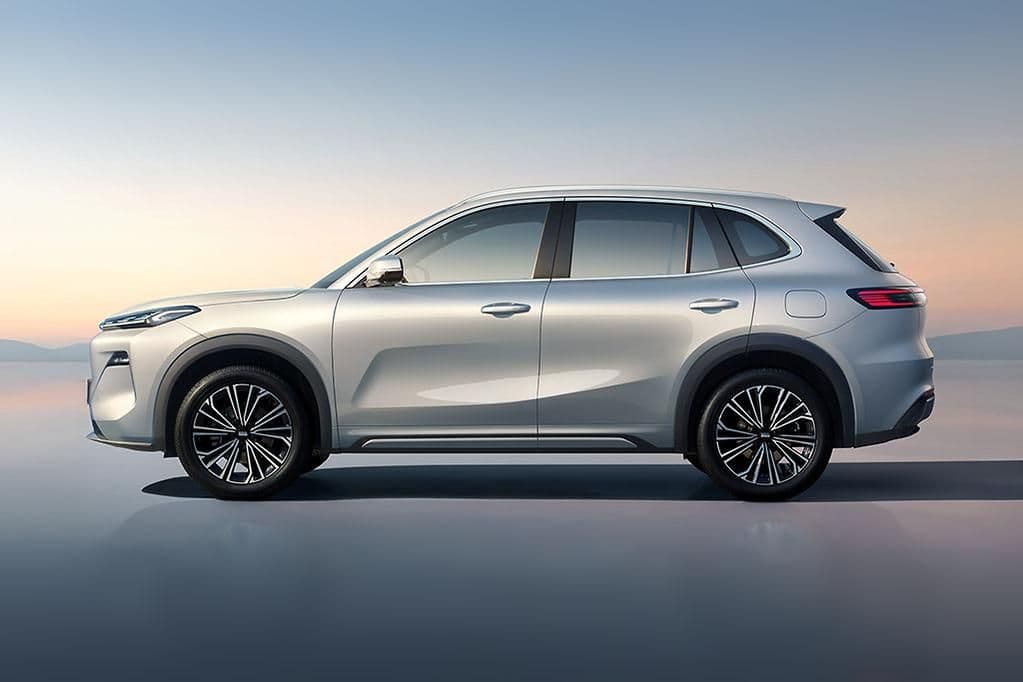
March 2025: A Mixed Bag for EV Sales
March was a strong month for EVs, but the numbers tell a more nuanced story. While the 7.5% market share is promising, it’s actually lower than the 9.5% share recorded in March 2024. Why the decline? The answer largely lies with Tesla. Last year’s numbers were inflated by an exceptional month of Model Y sales, and this year, the brand has taken a hit. Demand appears to be adversely impacted by buyers holding off purchases ahead of the Tesla Model Y refresh
▶️MORE: 5 Cheapest Electric Cars in Australia (2025)
Here’s how EV sales stacked up in March 2025:
| Data Source | EV Sales | Total Market Share |
| FCAI vFacts | 5,374 | 7.5% |
| EVC (Tesla & Polestar) | 3,011 | - |
| Total EV Sales | 8,385 | 7.5% |
| Total Vehicle Sales | 111,617 | - |
Despite Tesla’s slowdown, other brands are stepping up, with BYD, Kia, and MG gaining traction. The Kia EV5 and MG4 made it to the top five best-selling EVs, while Geely made a surprise entry into the Australian market.
▶️MORE: Australia’s EV Market Set or Massive Growth in 2025
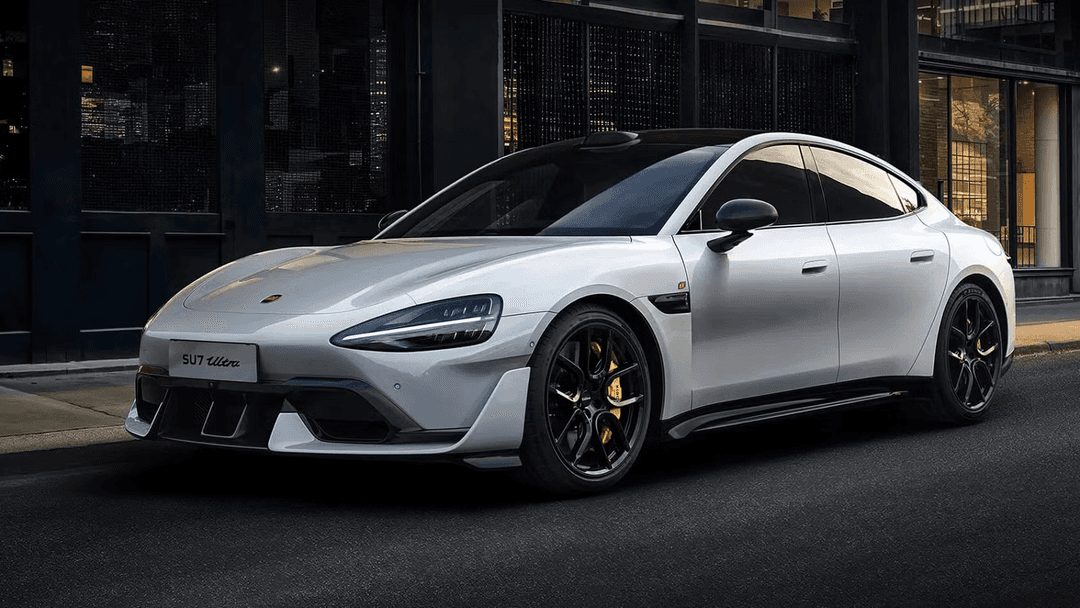
Top 10 Best-Selling EVs in Australia – March 2025
- Tesla Model Y – 1,725 sales
- Tesla Model 3 – 1,104 sales
- BYD Sealion 7 – 573 sales
- Kia EV5 – 478 sales
- MG4 – 444 sales
- BYD Atto 3 – 358 sales
- Mercedes-Benz EQE SUV – 219 sales
- BYD Seal – 194 sales
- Geely EX5 – 188 sales
- Kia EV3 – 186 sales
Tesla still leads the pack, but competition is heating up. With new models arriving and more affordable options hitting the market, Australian EV buyers have more choices than ever.
▶️MORE: Electric Car Sales Fall, PHEV Sales Skyrocket
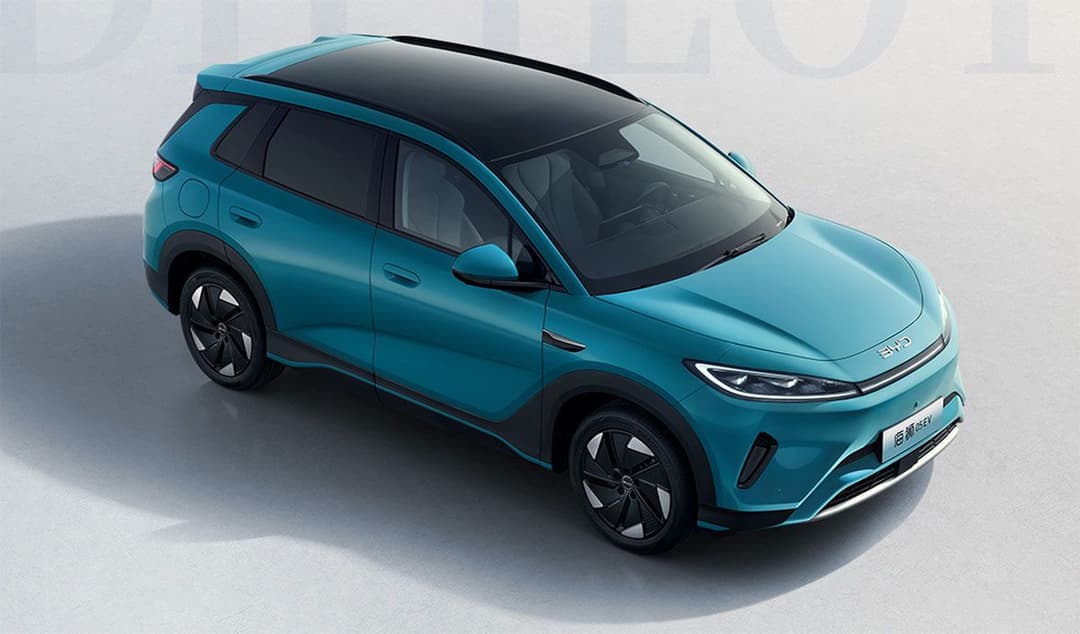
A Look at the Bigger Picture: EVs & Plug-in Hybrids
The biggest trend shaping Australia’s EV market is the rise of plug-in hybrid electric vehicles (PHEVs). March 2025 saw record-breaking sales of PHEVs, driven largely by the BYD Sealion 6 and Shark 6 ute (2810 sales). With the federal government’s fringe benefits tax (FBT) exemption for PHEVs expiring, it’s likely that March’s spike was partly due to buyers rushing to secure incentives before the deadline.
EV and PHEV Sales Breakdown – March 2025
| Category | Sales | Market Share |
| Battery Electric Vehicles (BEVs) | ~8,385 | 7.5% |
| Plug-in Hybrid Vehicles (PHEVs) | ~6,900 | 6.7% |
| Total EV & PHEV Sales | 15,300+ | 14.2% |
The combined EV and PHEV market share crossed 14% for the first time in history, marking a pivotal moment for Australia’s transition to cleaner transport.
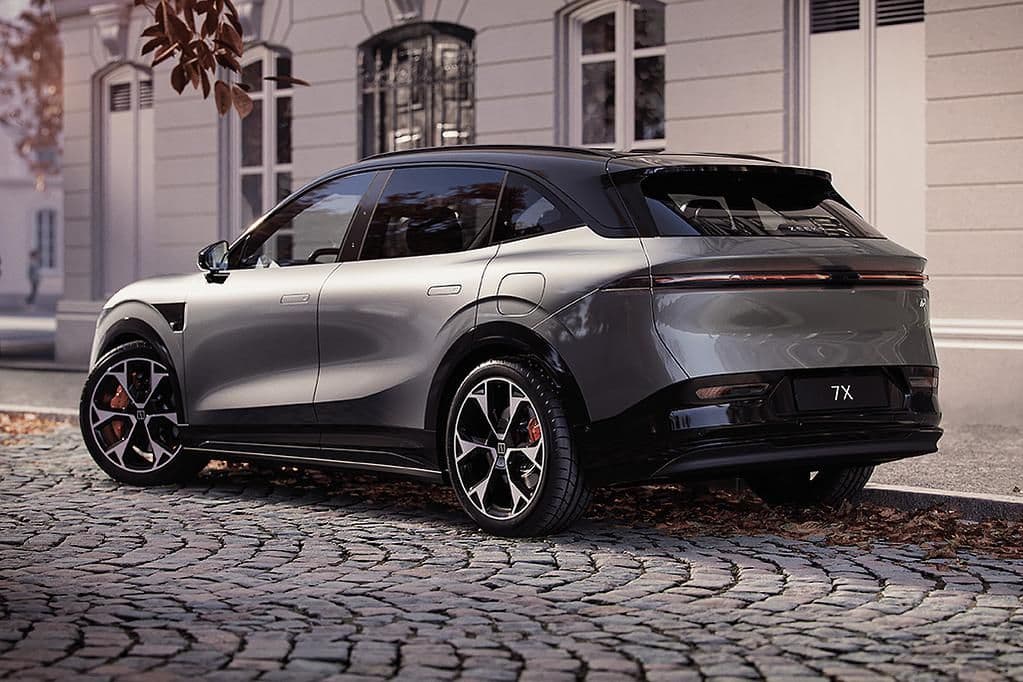
Industry Response: Mixed Signals from FCAI and EVC
While EV advocates are celebrating, not everyone is convinced. The Federal Chamber of Automotive Industries (FCAI) continues to express skepticism, claiming that the demand for EVs isn’t as strong as expected. According to FCAI boss Tony Weber:
“Australian families and businesses are not shifting in large numbers to EVs. While supply is increasing, demand remains weak.”
On the other hand, the Electric Vehicle Council (EVC) is more optimistic. CEO Julie Delvecchio believes the latest numbers prove Australia is headed in the right direction:
“More than a quarter of a million Australians are now driving EVs, saving thousands on fuel costs each year. We’re at a watershed moment, and we need to keep pushing forward.”
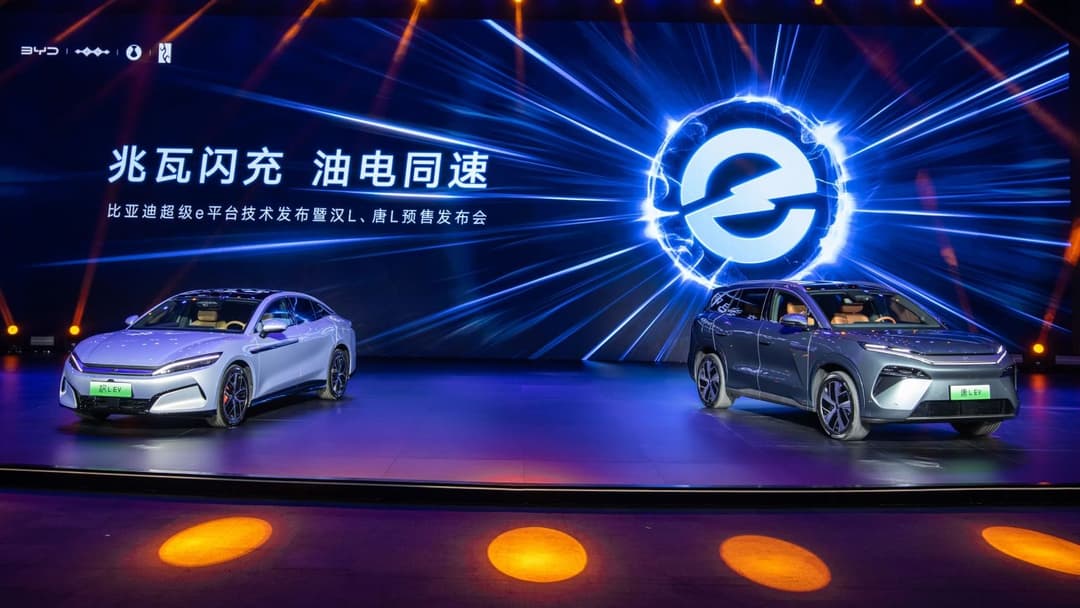
The Road Ahead: More EVs, More Tech, More Disruption
The rise of EVs isn’t just about sales figures, it’s about innovation. One of the most exciting developments on the horizon is Vehicle-to-Grid (V2G) technology. In China, 30 pilot V2G projects are underway, and Australia isn’t far behind. Experts predict that by 2040, 2.6 million Australian homes could be using bidirectional charging to power their homes and stabilize the grid.
Australian Roadmap for Bidirectional EV Charging Released
"Australia is a world leader in rooftop solar. This gives us a running start to be a leader in bidirectional EV charging as well," says Delvecchio.
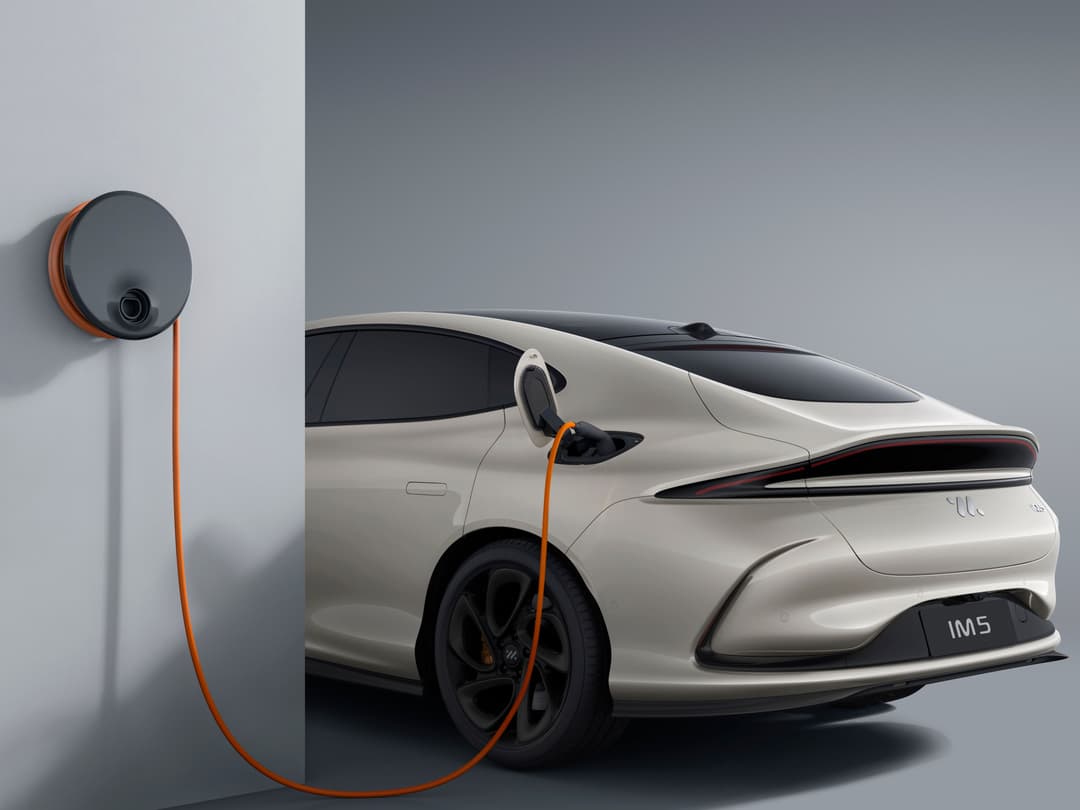
Final Thoughts: Is Australia Ready for the EV Boom?
While March 2025 was a strong month for EVs, challenges remain. The industry is still grappling with supply chain disruptions, policy uncertainty, and a shift in consumer preferences. However, with more affordable EVs entering the market and advancements in charging technology, the momentum is undeniable.
The question now isn’t if EVs will take over, it’s how fast. And for Aussie drivers looking to make the switch, the road ahead has never looked more exciting.
What do you think? Will EV sales continue to rise, or are there more bumps in the road ahead? Let us know in the comments!
Stay up to date with the latest EV news
- Get the latest news and update
- New EV model releases
- Get money savings-deal
